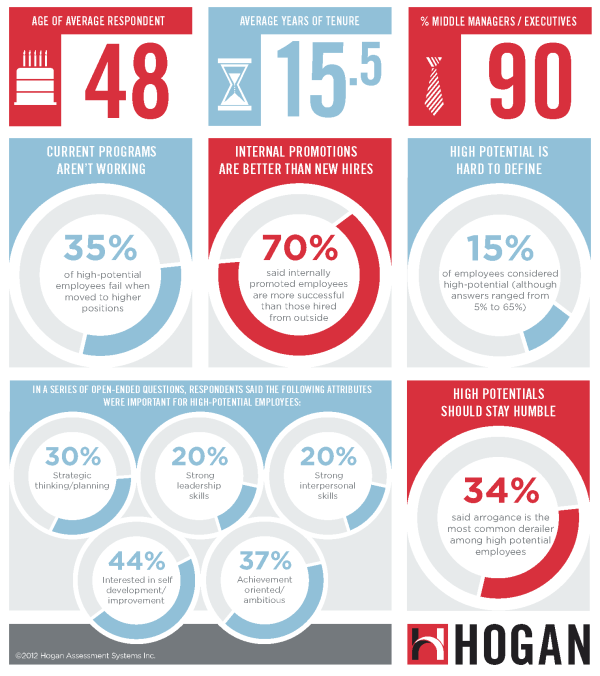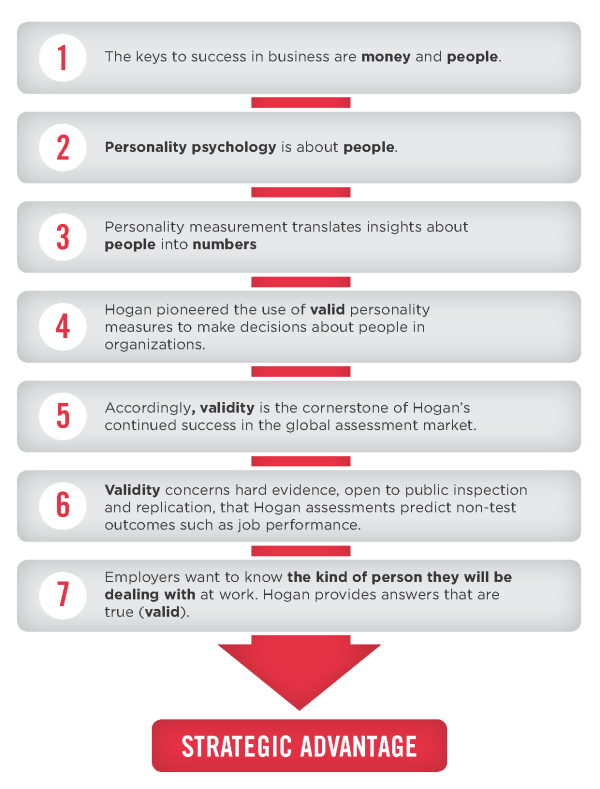 “You don’t start at the top if you want to find the story. You start in the middle, because it’s the people in the middle who do the actual work in the world.”
“You don’t start at the top if you want to find the story. You start in the middle, because it’s the people in the middle who do the actual work in the world.”
– Malcolm Gladwell, journalist and bestselling author
Unfortunately, many companies spent the past decade diverting resources from middle management, creating a talent vacuum that has proved difficult to fill. Without proper development, a company’s most valuable assets – their people – can derail and fall short of performance expectations. There are four ways companies get managing their middle managers wrong:
1) They promote the wrong people. Many organizations rely on performance appraisals and supervisor nominations to identify and promote talented individuals rather than objective measures.
2) They don’t effectively train them. Most companies focus their development efforts at the extremes of their management hierarchies rather than honing in on the central figures – the middle managers.
3) They stress them out. The shift to more flat organizational structures has placed the lion’s share of pressure and accountability on the shoulders of middle managers.
4) They let them disengage. In a 2007 study, 41% of HR leaders said engagement among mid-level managers had dropped noticeably over the previous 18 months.
How can organizations turn their underperforming middle managers into a group of competent, engaged leaders? Find out in our ebook, 4 Ways Companies Are Failing Their Middle Managers And Why It’s Killing Innovation.


 The Hogan Personality Inventory is measure of personality assessment that provides leaders the strategic self-awareness they need to get along and get ahead. Raw scores on HPI subscales, available in many of Hogan’s reports, allow interpretation above and beyond main scale scores.
The Hogan Personality Inventory is measure of personality assessment that provides leaders the strategic self-awareness they need to get along and get ahead. Raw scores on HPI subscales, available in many of Hogan’s reports, allow interpretation above and beyond main scale scores.
 Everyone has made a bad hire, and considering they typically cost 150% of their annual salary, chances are you don’t want it to happen again. This new book by Abhijit Bhaduri outlines how employers should weigh education, experience, competence, and personality to hire the right people and drive success at their companies.
Everyone has made a bad hire, and considering they typically cost 150% of their annual salary, chances are you don’t want it to happen again. This new book by Abhijit Bhaduri outlines how employers should weigh education, experience, competence, and personality to hire the right people and drive success at their companies.



 Everyone has worked with someone they could describe as a pistol, a live wire, or a short fuse. These excitable individuals’ energy and enthusiasm can energize their peers and employees, but their mood can turn on a dime, and when it does, they will have their employees walking on eggshells to avoid setting them off.
Everyone has worked with someone they could describe as a pistol, a live wire, or a short fuse. These excitable individuals’ energy and enthusiasm can energize their peers and employees, but their mood can turn on a dime, and when it does, they will have their employees walking on eggshells to avoid setting them off.